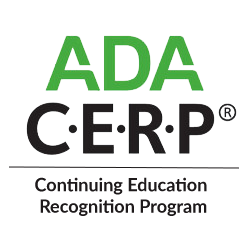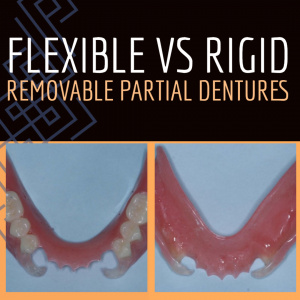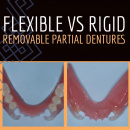Flexible vs. Rigid Removable Partial Dentures
Product Details
Gordon J. Christensen, DDS, MSD, PhD
Patients love flexible RPDs, BUT - when should they be used? Are there situations where they should NOT be used? Flexible partials are made from thermoplastics - nylon, plastics, acrylics, and other materials - which are certainly not the same. These several types of flexible partial denture materials have been represented on the market by Valplast, Flexite, Lucitone FRS, TCS, SunFlex, DuraFlex, FlexStar, Ultraflex, and others. Do you know the differences? When are they better or worse than typical metal-based partials? Are there significant situations for which they are contraindicated? Can you repair them? How long do they last in service? Are they retentive? Do supporting teeth move during service? Your patients deserve the best materials and techniques when flexible partials are indicated. Let us help you determine which ones are best and answer several important questions in this video.
Closed Captioning available
Table of Contents
- Classification for RPDs
- Indications for Flexible RPDs
- Contraindications for Flexible RPDs
- Advantages of Flexible RPDs
- Limitations of Flexible RPDs
- Material Types for Flexible Removable Partial Dentures
- Clinical Technique for Flexible RPDs
- Coding for Flexible RPDs
- Fees for Flexible RPDs
- Clinical Tips
- Patient Satisfaction with Flexible RPDs
- Future of Flexible RPDs
Available in Streaming only









